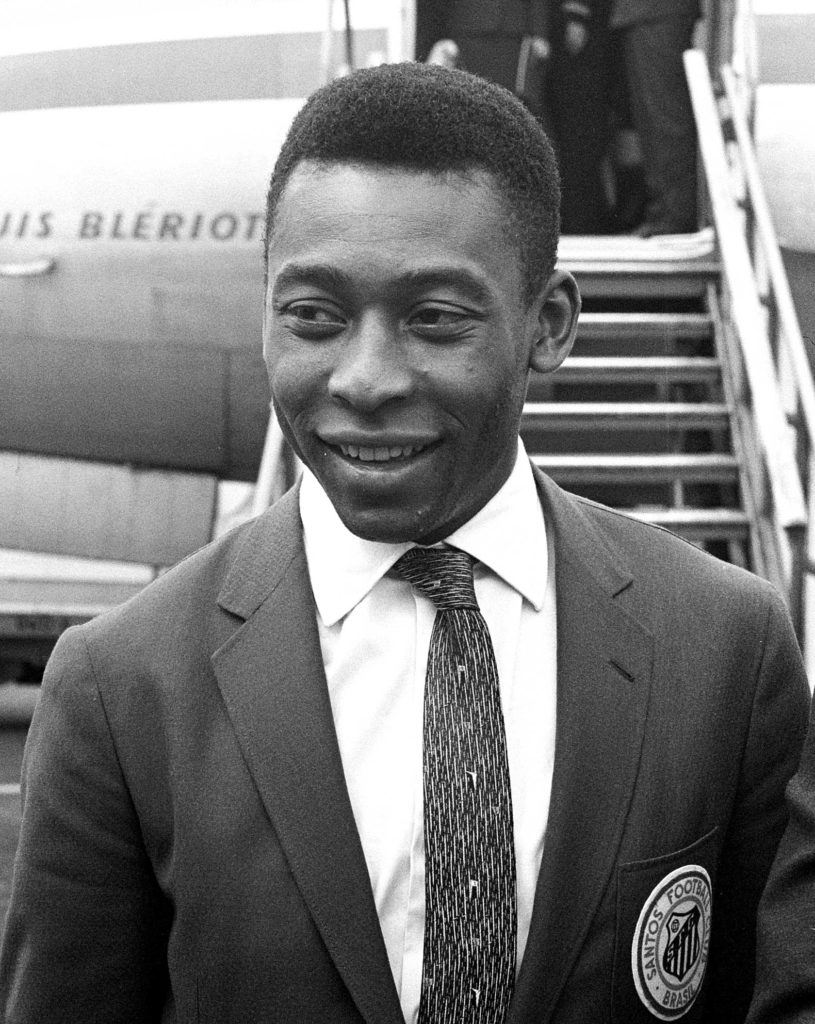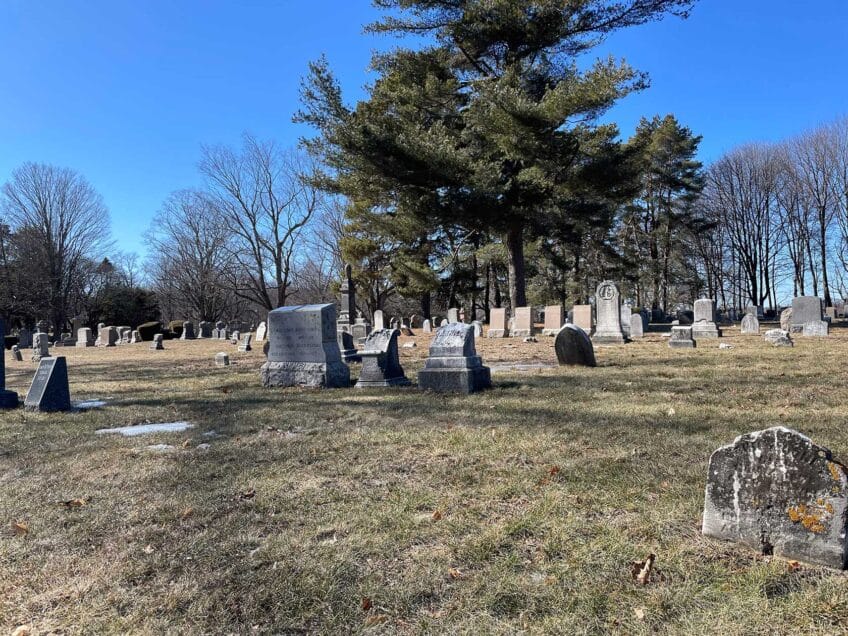Brazilian soccer standout Pelé dies at 82
Sport’s first international star a pioneer in ‘the beautiful game’

By the time it captured its first FIFA World Cup title in 1958, Brazil was a nation on the move. Many countries export natural resources, foodstuffs and durable goods; Brazil was exporting its culture.
Musical forms like Bossa Nova, Brazilian Popular Music (MPB) and Tropicalia were taking shape, blending the country’s African, European and Indigenous roots with its pleasant-sounding Portuguese well-suited for its gifted songwriters.
Names like Tom Jobim, Caetano Veloso, Gilberto Gil and Gal Costa, among many, would become internationally known. Brazil had a style of its own — and that aesthetic also carried onto the soccer pitch.
No artist would become as famous and everlasting as a precocious 17-year-old footballer from the state of Minas Gerais named Edson Arantes do Nascimento.
In a culture in which almost everyone gets a nickname, he would come to be known as “Pelé,” and he burst onto the scene with an exuberance and imaginative talent unseen at that time.
In short order, that Brazilian athletic flair would enchant the world and usher in “jogo bonito,” or the “beautiful game.” Countless world-class Brazilian players would follow.
Pelé, 82, died last week in a hospital in Sao Paulo, the country’s largest city and commercial capital, of complications from colorectal cancer. He had been in ill health the better part of the last couple of years.
While expected, his death still touched off a worldwide reaction reserved for only a relative few people on earth. From his very unveiling, Pelé seemed to possess a golden glow and a purity of innocence perhaps shaped by the peladinhas (street soccer) and a poor but loving family from a town known as Tres Coracoes.
His father, Dondinho, was known to be a talented goal-scoring footballer as well, but perhaps never made sufficient money from the sport to support a family.
It was his father’s somber reaction to Brazil’s 2-1 loss to Uruguay in the 1950 World Cup finals, played in front of 173,850 fans at Maracana Stadium, that got a 9-year-old vowing to one day turn his father’s melancholy into glee.
But no one could have anticipated what he would become. Slightly built at that age but sufficiently muscular and agile, he most likely played with heavy cleats, a heavy ball and on heavy substandard fields.
His young mind free of coaching constraints and the conservatism inherent in short tournaments, he conjured spontaneous and magical moments that left adults teary-eyed and kids his age copying his moves even while bereft of his nimble ball control and split-second thinking.
The most famous of his six goals in that 1958 tournament came in the final game against host-nation Sweden as he motioned for a looping pass from Nilton Santos in midfield. He chested down the ball and drew the defender Julle Gustavsson before flipping it over his head. He then rounded him to hit the volley just inside the penalty area, beating the goalkeeper to his right side.
If not caught by the somewhat grainy black-and-white footage of the day, produced by a high-school senior, no less, it might be scarcely believed: A weeping Pelé had to be consoled by his older teammates during the trophy celebration.
Pelé would win two more titles. The 1962 champion team was carried by the enormously talented Mané Garrincha, as Pelé was sidelined early on by a groin pull. He would be fouled to excess in 1966 in England and again play injured. But he would come back in 1970 on a team so loaded it’s often remembered as the greatest-ever World Cup side. Still only 29, that victory in Mexico would be his last tournament.
After retiring at 34 from Santos, the “National Treasure” status bestowed upon him and kept him playing professionally in Brazil seemed to dissolve. One year later, and with teams throughout Europe trying to get one last gasp from his brilliance, Pelé made the decision that altered — if not immediately, over time — the direction of the sport in this country. He signed for the New York Cosmos.
It was a $7 million, three-year deal that was more than he had earned back in Brazil with Santos all those years. Owned by Warner Communications, the enormous music conglomerate, the Cosmos soon became the “it-factor” in the Big Apple, also signing Franz Beckenbauer, Carlos Alberto, Giorgio Chinaglia, Johan Neeskins and other big names.
The team hobnobbed with the hippest set at disco club Studio 54 with Mick Jagger, David Bowie, Wilt Chamberlain and all of the top New York celebrities of the time.
They easily sold out Giants Stadium, and team hotels during road games would be booked for those matches with guests hoping to catch a glimpse and an autograph, which Pelé always willingly gave. While the North American Soccer League was a huge success, it was also the cart before the horse, and would later disband due to overspending and declining attendance. But that Cosmos team remained etched in history. Like Santos, the Cosmos traveled the world over, playing exhibition games and raking in large sums of money.
One ongoing criticism of Pelé was that he never played club ball in Europe, suggesting the colder climates and “rougher” play could have curtailed his progress. But a fair number of his fabulous goals were scored by out-jumping taller defenders and heading the ball into the net. While not a nasty character, neither was he a softie. Pelé could give as good as he got after one too many aggressive tackles against him.
He made large sums of money but filed bankruptcy twice, as his riches were pilfered by bad associates. He later became a pitch man for numerous products, including credit card companies, and later easily amassed hundreds of millions of dollars. He accepted the business of being Pelé and all the intrusions that came with it.
He was highly protective of his status in world soccer and never easily accepted the notion that any player had surpassed him or the more than 1,282 career goals he scored in 1,363 games.
He became the minister of sport for Brazil in the mid-1990s, an appointed position. He had a falling-out with the powerful Brazilian and former FIFA president Joao Havelange for criticizing Havelange’s son-in-law Ricardo Teixeira, then president of Brazil’s soccer federation, for mismanagement. He seemed for a while to have a running tête-à-tête with soccer great Romario.
He was married three times and had six children. He gave Black and other poor Brazilians pride, but he never took a leadership role in a country with vague racial classifications and a huge underclass scrapping for their daily bread.
Other “Greatest of All Time” legends have emerged. Johan Cruyff, George Best, Diego Maradona, Ronaldo “Fenomeno,” Zinedine Zidane and now Leonel Messi and Cristiano Ronaldo. They all have claims. But Pelé was the original, the most complete player of the group, the most genial and most marketable. His reputation continued to grow over time and the world never stopped getting enough of him. He was soccer’s original ambassador and global superstar, and it’s always challenging to unseat the original.






